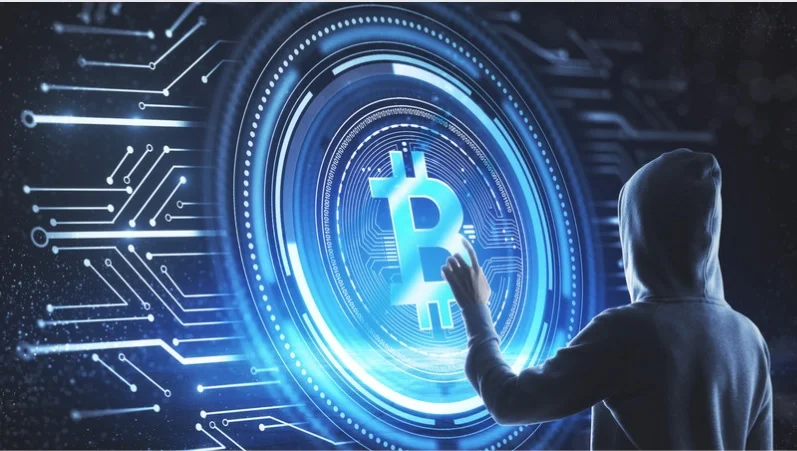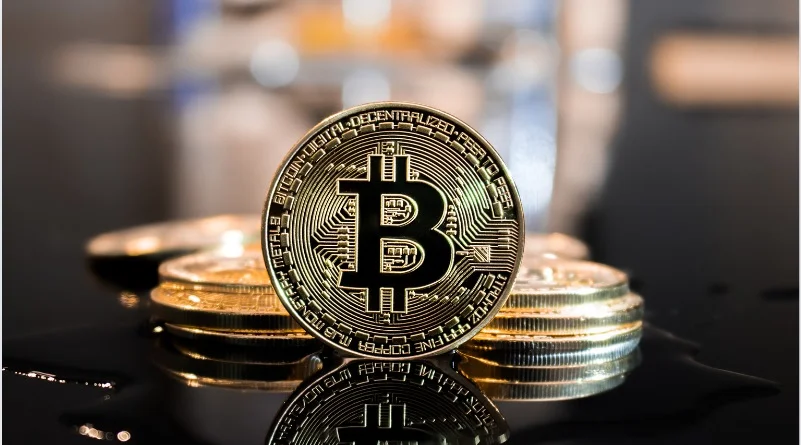As the digital economy continues to expand, the convergence of blockchain, artificial intelligence (AI), and the metaverse is opening up new horizons for innovation and investment. Among the emerging players in this dynamic landscape is Hydropia (HPIA), a digital currency that seeks to capitalize on the burgeoning opportunities within the AI and metaverse sectors. With a maximum supply of 100 million tokens, HPIA is designed to serve as the backbone of a digital ecosystem where AI-driven content, NFT-based assets, and virtual reality experiences coalesce into a seamless, interactive digital universe. This article explores the multifaceted aspects of HPIA, its role in the evolving crypto landscape, and its potential to shape the future of digital interaction.
The Vision Behind Hydropia (HPIA)
Hydropia (HPIA) is not just another cryptocurrency. It represents a bold vision for the future, where digital identities, AI-driven content, and blockchain technology merge to create a vibrant and immersive metaverse. The creators of HPIA envision a world where people can transcend the limitations of the physical world and fully engage in a digital universe tailored to their preferences, interests, and needs. At the core of this vision is the integration of AI technologies, which play a crucial role in personalizing user experiences, automating transactions, and ensuring the smooth operation of the metaverse.
The Role of NFTs in Hydropia’s Ecosystem
Non-Fungible Tokens (NFTs) are a central component of Hydropia’s digital ecosystem. Unlike traditional cryptocurrencies like Bitcoin (BTC) or Ethereum (ETH), which are fungible and can be exchanged on a one-to-one basis, NFTs are unique digital assets that represent ownership of a specific item or piece of content within the metaverse. These could range from virtual real estate and digital art to in-game items and personalized avatars.
HPIA leverages the power of NFTs to enable users to create, trade, and own digital assets in a secure and transparent manner. Blockchain technology ensures that each NFT is verifiable, traceable, and cannot be replicated, thus providing a level of trust and authenticity that is critical in a digital environment. By incorporating NFTs into its ecosystem, Hydropia allows users to have true ownership of their digital creations, which can be bought, sold, or traded on the open market, potentially leading to new forms of digital commerce and investment.
Building the Hydropia Metaverse
The Hydropia Metaverse is a digital universe where users can socialize, explore, and create their own online identities. It is an expansive virtual world designed to offer a wide range of experiences, from casual social interactions to immersive virtual reality adventures. The metaverse is built on blockchain technology, which provides the underlying infrastructure for secure transactions, data integrity, and the creation of digital assets.
AI plays a pivotal role in the functioning of the Hydropia Metaverse. Advanced algorithms analyze user behavior, preferences, and interactions to offer personalized content, suggest new experiences, and facilitate smooth transactions within the virtual world. For example, if a user frequently engages in virtual art galleries, the AI could recommend new exhibits, artists, or even opportunities to purchase NFT-based art pieces. This level of personalization not only enhances user experience but also increases engagement and retention within the metaverse.
Furthermore, the use of AI in the Hydropia Metaverse extends to its economic ecosystem. AI-driven trading bots, investment strategies, and financial services can provide users with insights and tools to maximize their investment in HPIA tokens and NFTs. This integration of AI and blockchain creates a synergistic environment where digital assets are not only secure but also actively managed and optimized for growth.

The HPIA Token: A Gateway to the Future
The HPIA token is the currency of the Hydropia Metaverse. With a limited supply of 100 million tokens, HPIA is designed to be a valuable and scarce digital asset. The token serves multiple functions within the ecosystem, from facilitating transactions to serving as a store of value. Users can use HPIA to purchase NFTs, invest in virtual real estate, or participate in exclusive events and experiences within the metaverse.
Investors are increasingly drawn to HPIA due to its unique positioning at the intersection of AI, blockchain, and the metaverse. As these sectors continue to grow, the demand for HPIA tokens is expected to increase, potentially driving up their value. Moreover, the limited supply of HPIA ensures that it remains a scarce resource, further enhancing its appeal as an investment asset.
The Crypto Landscape in 2023: A Year of Maturity
The year 2023 was a pivotal one for the blockchain and cryptocurrency industry. Legal challenges, regulatory scrutiny, and corporate upheavals tested the resilience of the technology and its proponents. These challenges, however, were not merely obstacles; they were the growing pains of an industry on the brink of maturity. As blockchain technology faced these tests, it demonstrated its capacity to adapt, evolve, and overcome, solidifying its place as a cornerstone of the digital economy.
For cryptocurrencies like HPIA, these developments were particularly significant. The increasing focus on regulatory compliance and transparency helped to build trust in the crypto market, attracting more institutional investors and mainstream users. This shift in perception is critical for newer tokens like HPIA, which aim to establish themselves in a competitive and rapidly evolving market.
The Future of HPIA: Opportunities and Challenges
As we enter 2024, the future of Hydropia (HPIA) looks promising. The seamless integration of AI, blockchain, and virtual reality within the Hydropia Metaverse creates a compelling value proposition for users and investors alike. The potential for HPIA to serve as a bridge between these cutting-edge technologies is immense, offering new opportunities for digital interaction, commerce, and investment.
However, like any emerging technology, HPIA faces challenges. The regulatory environment for cryptocurrencies remains uncertain, with governments around the world grappling with how to manage and oversee these digital assets. Additionally, the success of the Hydropia Metaverse will depend on its ability to attract and retain users in a crowded and competitive market. The metaverse is still a nascent concept, and its long-term viability is not yet guaranteed.
Conclusion: Hydropia (HPIA) and the Dawn of a New Digital Era
Hydropia (HPIA) represents a bold step into the future of digital currency, where the boundaries between the physical and digital worlds continue to blur. By combining the power of NFTs, AI, and the metaverse, HPIA offers a unique platform for innovation, creativity, and investment. As the crypto world matures and the integration of these technologies becomes more seamless, the potential for HPIA to shape the future of digital interaction is vast.
For investors and users alike, HPIA presents an opportunity to be part of this new frontier, where digital identities, assets, and experiences are not just possible but central to the way we interact with the world. As we stand at the threshold of this new era, the possibilities are limited only by our imagination.









